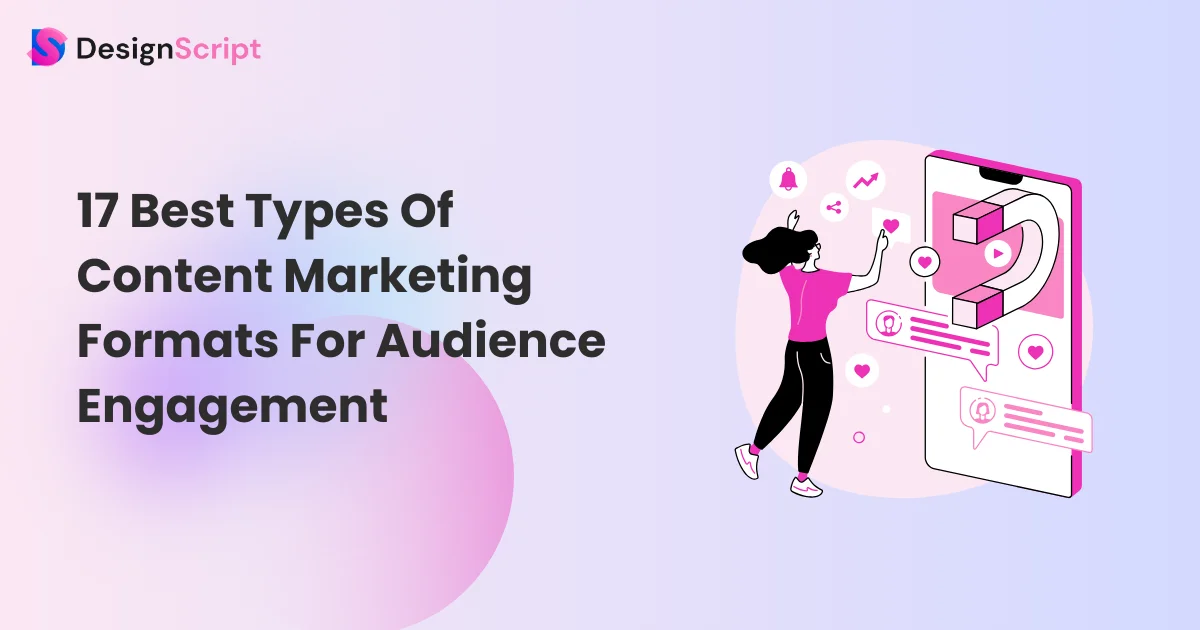17 Best Types Of Content Marketing Formats For Audience Engagement
Do you know that roughly 90% of marketers use content marketing regularly, along with traditional advertising? That involves using different types of content marketing formats. But what made it so famous? Here’s why: Businesses can attract and engage their prospective customers at relatively lower costs by developing relevant and exciting content in the correct format.
However, the competition between content marketers is also rising rapidly. As a result, you must outshine other marketers by creating engaging content in the most effective formats.
Don’t know about the content formats that can grip the target audience? It can affect the number of leads you generate significantly!
But, don’t worry as we have your back. This blog will cover the importance of content marketing, the various content formats, and the essential content marketing tips to help you get to a flying start! So, let’s begin!
Table of Content
- What Is Content Marketing?
- Why Should You Use Different Types of Content Marketing Formats?
- Types of Content Marketing Formats
- 1. Blog Posts
- 2. White Papers
- 3. E-books
- 4. Reports
- 5. Case Studies
- 6. Testimonials and Reviews
- 7. Thought Leadership or POVs
- 8. Influencer Content
- 9. Guides and How-tos
- 10. Interactive Content
- 11. Social Media Posts
- 12. Newsletters and Email Lists
- 13. Infographics
- 14. Podcasts
- 15. Videos
- 16. Webinars
- 17. Webpages
- How To Pick The Right Type Of Content Marketing Format?
- Best Practices For Effective Content Marketing
- Top 5 Content Marketing Tools
- Repurpose Different Content Marketing Types For Higher ROI
- Get Ready To Work On Different Types Of Content Marketing Formats!
- FAQs
What Is Content Marketing?

Content marketing refers to the planned process of creating and sharing high-quality content to generate awareness and interest in a product or service. Most businesses apply it to promote their offerings in a subtle yet compelling manner. This approach helps catch the prospects’ attention and reduces their dislike for promotion.
Brand awareness and customer loyalty can be increased with content that is both relevant as well as instructive and engaging. Ultimately, you’ll see a rise in the return on your marketing investment.
While there are many aspects to consider for effective content marketing, one of the most important deciding factors is the content format. So, let’s discuss what makes the content type so crucial and how you can choose the correct content format.
Why Should You Use Different Types of Content Marketing Formats?

The type of content is simply the format of media files such as videos, infographics, whitepapers, blogs, ebooks, email newsletters, etc. This format should match your audience, budget, goals, and offerings for the best results.
Sounds straightforward, right? However, many content marketing campaigns face hurdles due to the wrong format.
A wrong choice is when you use irrelevant or expensive content formats. At the same time, having very few formats may cause boredom, and you may lose the opportunity to explore other formats.
So the key is to find the right mix of relevant content formats to maximize the effectiveness of your content marketing campaign. The perfect mix of content types can give you an edge over competitors and boost your marketing ROI.
For example, a soft drink company may go for video prospecting ads, social media posts, and influencer marketing. But it may avoid sales podcasts, emails, white papers, and blogs.
Types of Content Marketing Formats

To make the correct choice of content formats, you must know your options in detail! So, let’s explore the most critical types of content formats for content marketing that you can apply in your campaign-
1. Blog Posts

Blogs are conversational articles with accompanying images and videos. You find them on specialized blog sites or in the blog section of company websites. Blogs are one of the most cost-efficient and time-tested types of content for B2B content marketing.
Useful blogs with proper SEO Copywriting increase your visibility during online searches and engage your target audience by addressing their needs and wants. Moreover, you can create them on almost any topic and potentially bring high traffic and conversions in the long run with no recurring costs.
For example, you can market an email marketing software through a blog post titled “Best email marketing practices” on a marketing blog site.
2. White Papers

Customers rarely buy anything at face value in the modern market. They often research the available products or services before purchasing with their hard-earned money. And this is where whitepapers come in!
White Papers refer to detailed written reports with images about specific topics. They provide customers with detailed information about the topic and relevant product suggestions. Such detailed reports further stimulate the interest while generating trust in the product. And this eventually creates the desire to buy it.
Whitepapers are best for complex and costly products where you must convince the customer to make the purchase. For example, a whitepaper about the ‘Implementation of Desktop as a Service model’ will offer an excellent chance to promote cloud software for offices.
3. E-books

E-books are long electronic journals on specific topics that inform and entertain readers. But they also offer an opportunity for subtle yet impactful marketing.
This opportunity arises because an engrossing ebook that provides helpful information will generate keen interest in the subject. As a result, readers would seriously consider relevant product or service suggestions.
For example, you can write a detailed e-book on SEO problems and suggest your SEO software at strategic points as practical solutions.
4. Reports
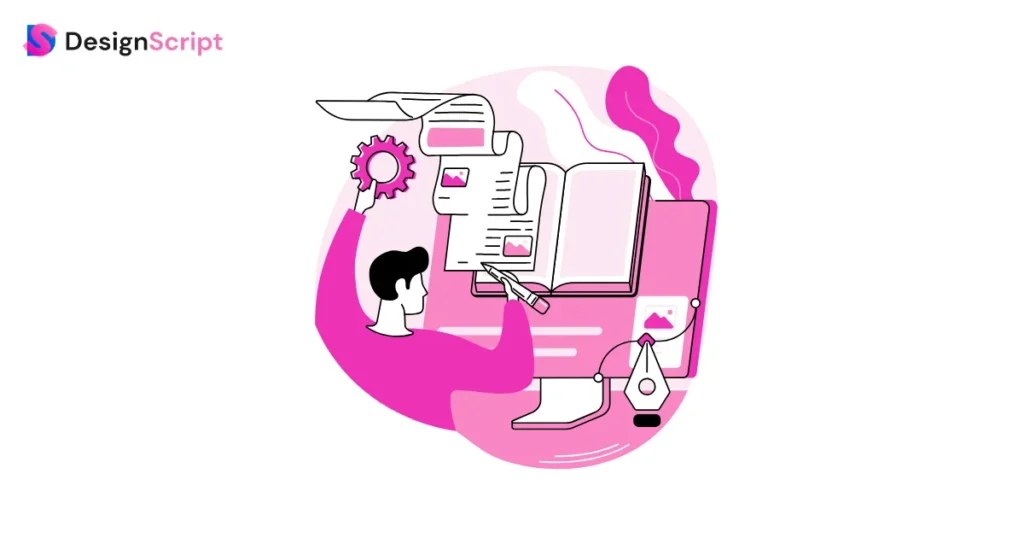
Reports are comprehensive write-ups covering the results of research projects. They offer a chance to include products or services as suggested solutions to the discussed issues.
Hence, whitepapers are ideal for marketing innovative, advanced, and specialized products to educated customers. For example, a report may suggest an edible product to solve specific health problems based on detailed primary and secondary research and data analysis.
5. Case Studies

Case studies of your existing customers are likely to be more trustworthy and engaging for your prospects. Why?
Real-life examples talk about the usefulness of the product or service in a relatable and convincing manner, generating greater interest and desire amongst new prospects. Case studies are usually articles or videos and apply to almost all products and services.
6. Testimonials and Reviews
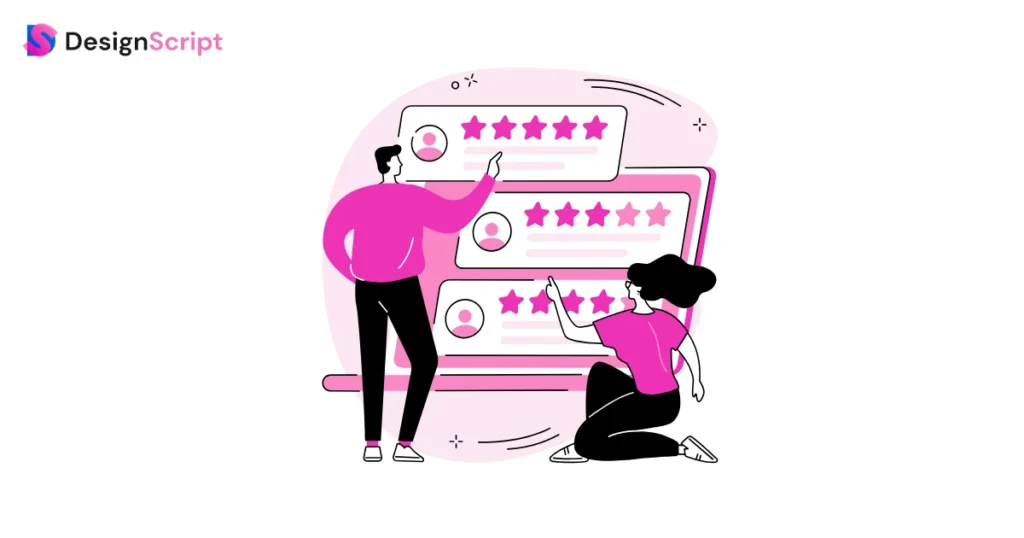
Testimonials and reviews are like a short form of case studies where the focus is more on the customer’s opinions. They include the positive comments of existing customers, hence offering the word-of-mouth advantage.
These reviews and testimonials are usually brief. So you can add them as text to landing pages, videos, images, or blogs. For example, a marketing agency may display the comments of satisfied clients on the landing page.
7. Thought Leadership or POVs

Thought leadership or point of view content is the direct sharing of valuable knowledge and ideas with people, often as success stories. This type of content aims to attract and engage the audience at a human level while boosting the brand’s impression and subtly popularizing its offerings.
However, experts who closely understand and relate to the current target audience should deliver this content. You can present thought leadership content through sales webinars, public events, conferences, videos, ebooks, blogs, etc.
8. Influencer Content

Influencer marketing involves creating and distributing promotional content on social media about a brand and its offerings by people with influence in the relevant area.
It aims to expose the influencer’s followers to the brand authentically and naturally. It involves product mentions, endorsements, or sharing of promotional content by famous figures.
The final aim is to make their followers trust and prefer the brand and its offerings by leveraging the popularity of social media.
Influencer marketing offers a targeted and organic method of promotion that leads to higher sales and brand loyalty. It is beneficial for fashion or luxury products.
9. Guides and How-tos

Guides and how-tos help people to achieve specific sales goals. A person viewing the guide already has an interest in the topic. It is the ideal opportunity to explain the usefulness of your offering with a real-life example that involves the prospective customer!
Hence, creating how-tos or guides with helpful tips and suggestions can get relevant leads and boost sales outreach.
10. Interactive Content

The internet is full of content of all types! As a result, even the best content can go ignored unless it compels viewers into action by interacting with them.
Online marketing content that automatically interacts with viewers is a fresh and innovative concept thanks to technology. It would have sounded far-fetched in the past. But using the right tools will now make it easy for you!
Such content which changes based on user inputs is sure to boost engagement and conversion rates! Hence, interactive content is presently one of the best content marketing formats. And it should certainly be a part of any modern content marketing strategy.
11. Social Media Posts
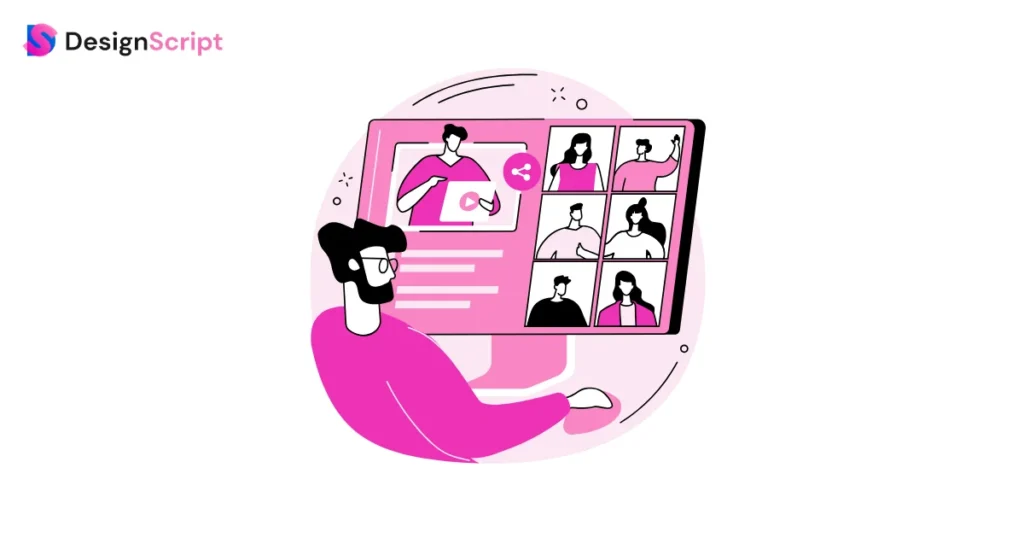
Social media offers a goldmine of opportunities for content marketers! Why?
Social media platforms allow you to post a large variety of content in concise and attractive posts. They also give you advanced audience targeting options and viewer feedback analytics.
What’s more? The reach of social media is unparalleled and spans all over the globe. Impressed viewers will also share your good content with other similar users. And this sharing will expand your reach exponentially!
For example, Facebook has 2.93 billion active users, mainly middle-aged people with buying power. So, a group on Facebook that consists of fashion lovers is the perfect place to share an interesting post about a new product.
And you can then watch the comments, likes, shares, and views to judge how your content is doing and how you can improve it. The possibilities are endless!
12. Newsletters and Email Lists

Newsletters and email content have stood the test of time in content marketing. You will often find them helpful in attracting new customers and retaining existing ones.
Cold emails allow you to message your prospects directly about your products or services. And regular newsletters are perfect for engaging existing customers by informing them about industry updates.
This classic content marketing method is worth a try as it can bring you high-quality leads at little to no involved costs when done right! The key is to keep your emails personalized, engaging, and unique.
13. Infographics

Infographics are a highly engaging and versatile content marketing format that include text, images, and visuals to provide information. You can use infographics as a tool to convey complex information in a simplistic and eye-catching way that is easy to understand.
They typically involve images or short videos that you can create at relatively low costs. And given all these advantages, you should surely give infographics a go!
14. Podcasts
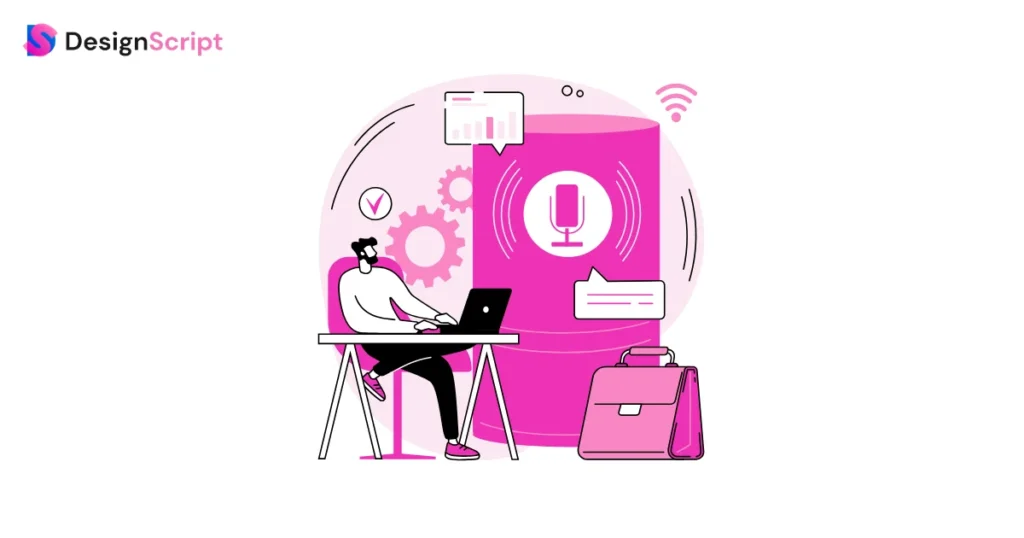
Podcasts are the creation and sharing of live or recorded audio content that involves discussing specific topics. Informative, engaging, and entertaining podcasts can develop a loyal audience. And this opens up opportunities for promotional audio content.
While podcasts are one of the new types of content marketing formats, they provide a less competitive environment with a dedicated audience. So, they can provide you with a unique opportunity to promote your product or service to your target audience at low costs.
15. Videos
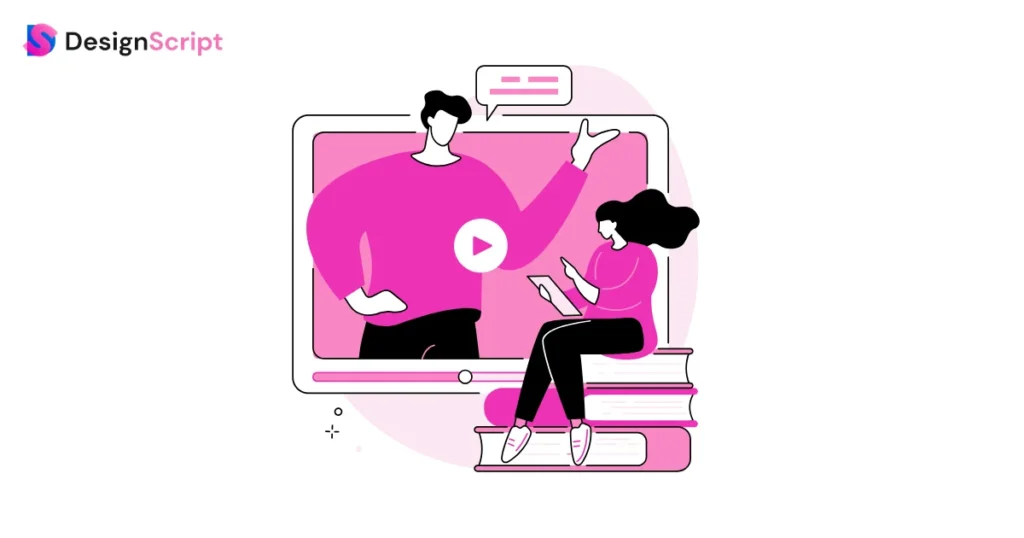
Videos are highly engaging and exciting content formats that allow you to provide information in an attractive manner. They include engaging visuals, sounds, and live demonstrations! Moreover, actual presenters add a convincing human touch to the promotion.
With these unique benefits, videos offer a convincing and attention-grabbing method to promote almost every product or service! What’s more? Videos let you use Augmented Reality, Virtual Reality, and Interactive Technology to create the most compelling experience!
For example, a video on the landing page of a software tool can quickly explain all its essential features and use-cases while showing it in action to create the most convincing impact.
But that’s not all! Regular uploads of entertaining videos are great for forming a positive image and maintaining customer loyalty. After all, 54% of audiences want to see videos from brands they support.
16. Webinars
Webinars are quite helpful in educating potential customers, and they allow you to explain different topics related to your product or service. You can even add an interview element to your webinar to work like a podcast. Usually, webinars are lengthy, i.e., more than 30 minutes long, because they are highly educational. The main advantage is that there is live interaction between you and the audience in a webinar, allowing them to ask you questions in real time and build a personal bond.
17. Webpages
You can use your web page to showcase your product or service in a better light. If you use your web page correctly, you can attract visitors and get them curious about your product or service. Basically, you have to work towards getting more traffic to your web page so that more people know about your solution and have the urge to try it out. With that motive in mind, try to make the copy as engaging as possible.
How To Pick The Right Type Of Content Marketing Format?

Selecting the correct content types requires proper time and consideration. There are no rigid rules here. And there are many factors that you must weigh and compare. However, there are five key aspects that you must always consider while making the selection-
Suitable for your business goal

You must select the best types of content marketing strategies based on the business objectives. So, it is essential to determine the goals you want to achieve through your content based on the overall goals of your business.
For example, the goal of a startup is to raise awareness about its brand and products or services. So the content type must be ideal for awareness generation. The suitable content types include blog posts, social media posts, guides, influencer marketing, etc.
But for an established business, an additional goal may be to maintain customer loyalty and market position. So, the chosen content marketing types must allow constant engagement and updates about real-life applications. And this could include regular videos, case studies, testimonials, success stories, newsletters, social media posts, blogs, etc.
Suitable for your niche and audience

The content types must also suit the niche and audience of your business and its product or service. This requirement is crucial since unsuitable content formats will fail to reach or impress your target customers.
For example, companies producing cement will go for videos, case studies, reviews, whitepapers, and targeted social media posts. Why?
The target audience is an educated population that will spend significant money and time. So, the audience will want to do proper research and read reviews before choosing.
However, a company making beauty products would certainly prioritize influencer marketing, blogs, social media posts, AR videos, and guides. And this is because the target audience is young people who look for influencer opinions and personalized guides for makeup.
Suitable for your budget

The budget is an essential consideration while marketing, especially for small businesses. Content marketing is inexpensive in comparison to large advertising campaigns. But specific content types like long videos, advanced infographics, and regular influencer content may be too expensive on a large scale.
Hence, every business must consider the costs of the content types before starting.
Suitable for your funnel stage
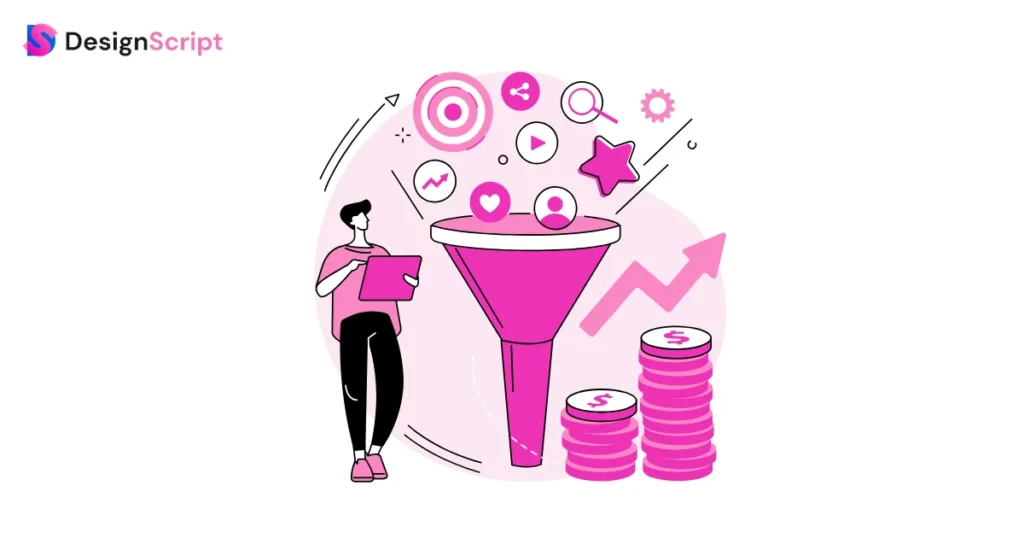
Every funnel stage requires different types of content marketing formats, and you must plan your content formats accordingly. In general, the ideal content types for the sales funnel stages are as follows-
- The Attraction and Consideration stage- Infographics, videos, social media posts, influencer marketing, thought leadership, and blogs are some common types of content marketing formats that find their use at this stage.
- The Conversion stage- Whitepapers, case studies, blogs, reviews, demonstrations, and guides are some suitable marketing content types for this stage.
- The Nurturing stage- Emails, newsletters, and social media posts are some of the best types of content marketing formats for this stage.
Best Practices For Effective Content Marketing
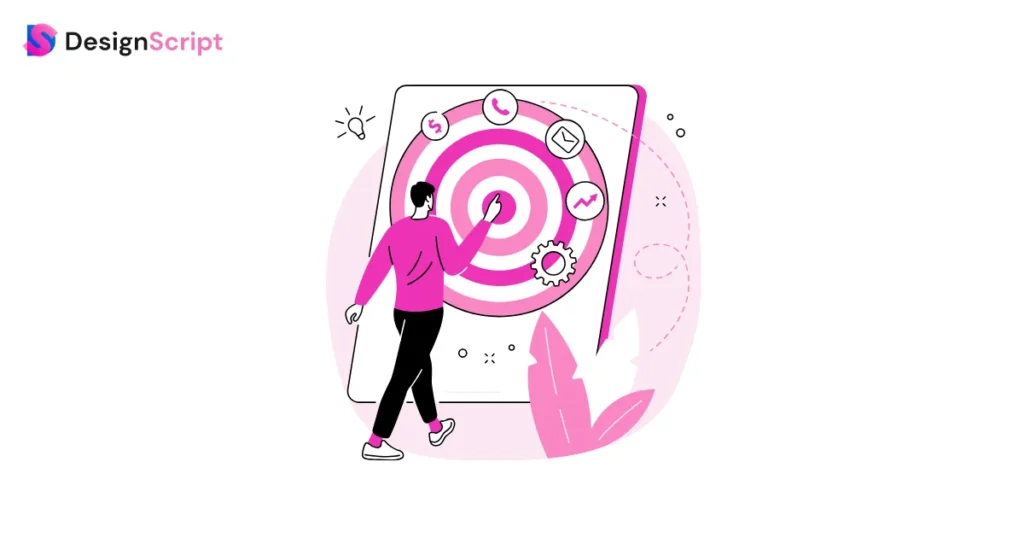
Content marketing has evolved continuously ever since it started in the late 1990s. But some essential practices have always helped attract and convert customers. So, here are some of the best tips for effective content marketing that have stood the test of time-
- Focus on understanding your audience and meeting their needs by writing well-researched content.
- Ensure that your content aligns with your business goals and brand voice to give a consistent message to the target audience that keeps them interested.
- Keep your content and strategy up-to-date to meet the changing needs of your audience.
- Integrate your content marketing with your SEO practices to ensure maximum content visibility.
- Integrate your content marketing strategy with your sales funnel to streamline your content towards conversions.
- Optimize your content for mobile devices as most people now use mobile devices to access the internet.
- Use email personalization to add a personal touch to your content, maximizing its impact.
- Use accurate data to back your claims, as people tend to believe content when you back it with verifiable data. Write in-depth content that adds value to the reader and leaves an authentic image of your brand.
- Publish original research wherever possible, as that lets you provide a first-hand account that the audience trusts.
- Remarket your existing successful content where appropriate so you can use it to its fullest potential.
- Repurpose your content to create new content from it using minimal resources.
- Ensure your content has clear, measurable goals that allow you to measure its performance and improve it accordingly.
Top 5 Content Marketing Tools
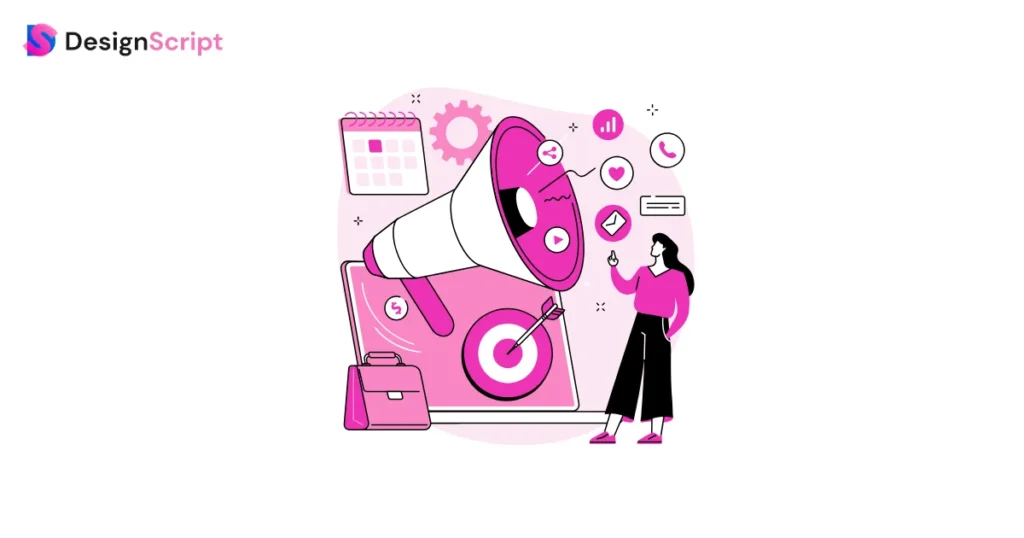
Content marketing tools have greatly simplified content planning, creation, and sharing. So, here are the top 5 content marketing software that you must apply to achieve maximum returns from content marketing-
1. PlayStory
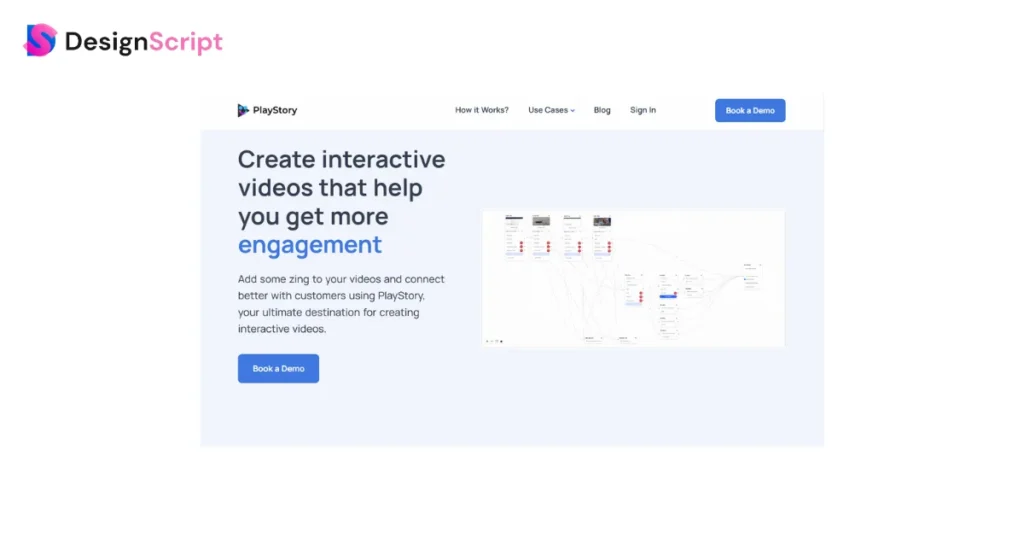
PlayStory is an interactive video creation platform that helps you boost customer engagement through videos they can interact with in real-time. This innovative approach helps you create compelling content that ensures higher conversion rates at low costs.
2. WordPress

WordPress is an open-source content management system (CMS) that offers a convenient architecture for creating and managing websites or blogs. It offers numerous plugins and templates and integrates with popular database management systems. It’s a must-use tool for any content writer and publisher.
3. Google Analytics

Google Analytics provides advanced analytics about the performance of your website and its traffic. So, it is perfect for judging the effectiveness of your website content and thus finding areas for improvement. This free tool from Google is essential for any content marketer.
4. Ahrefs
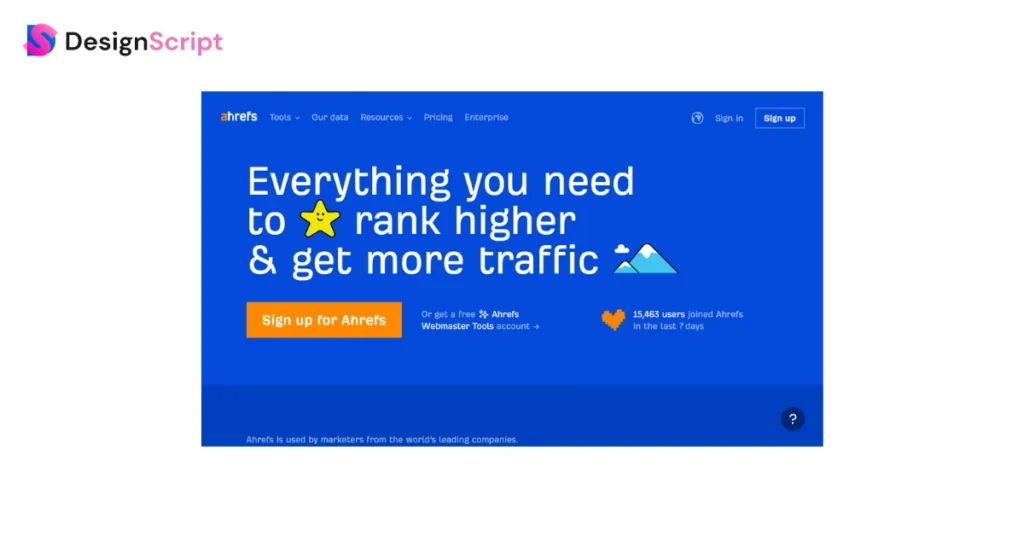
Ahrefs is a powerful yet convenient Search Engine Optimization tool that helps in keyword research, backlink research, content analysis, and more! While there are various SEO software tools, Ahrefs is undoubtedly amongst the most popular and trusted tools. So, you must check it out for your content planning and optimization.
5. BuzzSumo
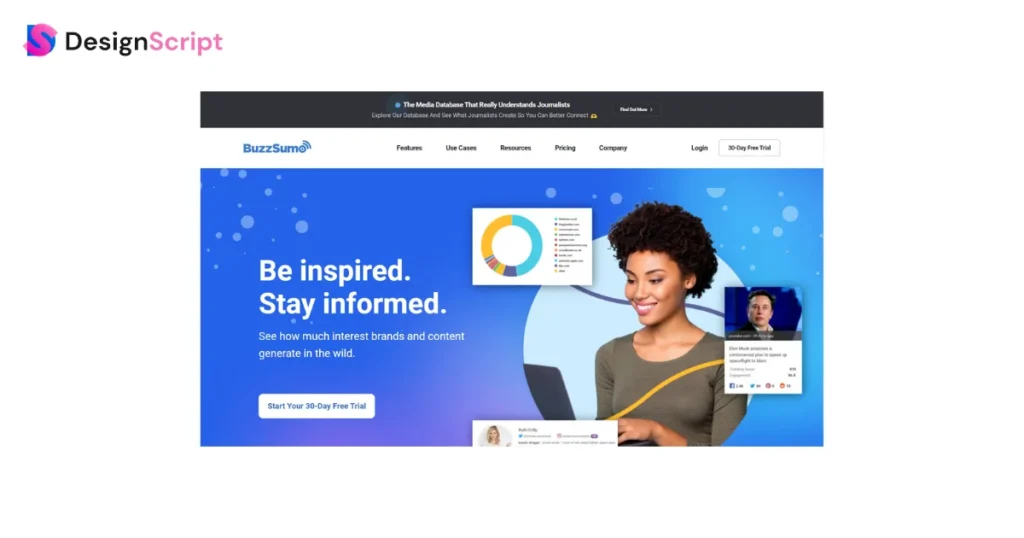
BuzzSumo is a cloud-based tool that finds the best opportunities for engagement, content creation, and outreach across the internet. You can use it to discover top keywords, trending topics, common customer questions, and content performance from your brand’s perspective.
Repurpose Different Content Marketing Types For Higher ROI

Content repurposing is the reuse of existing content to expand its reach. And this involves the improvements and format changes of past content followed by its sharing on relevant platforms. Repurposing reduces the costs, time, and effort involved in making new content by recycling past popular content.
However, only evergreen content is suitable for repurposing in the long run. And this is because evergreen content does not lose its relevance over time. For example, you can later repurpose an article on cleaning iPhones as an infographic, but an article on an announcement Apple makes will become outdated soon.
Get Ready To Work On Different Types Of Content Marketing Formats!
Content marketing offers an unparalleled opportunity for marketers to engage and impress their target audience affordably.
But the key to success is following best practices while using suitable content formats based on the business goals, budget, funnel stages, niche, and target audience.
Accordingly, this blog post has covered all these aspects to help you succeed as a professional content marketer.
We hope you found them helpful!
FAQs

While there are several content marketing formats, some of the most popular ones are blogs, ebooks, and videos. However, you can explore all the other formats too!
To decide which kind of content you must focus on, start researching, gathering ideas & finding out what your target audience wants. You can then work on the tactics that help you get the best results.
The best content marketing formats for websites include blogs, Customer testimonials, videos, and other visual content, among others. You can explore different formats to see what suits you the best.

